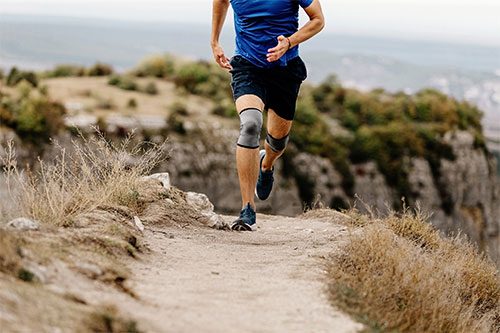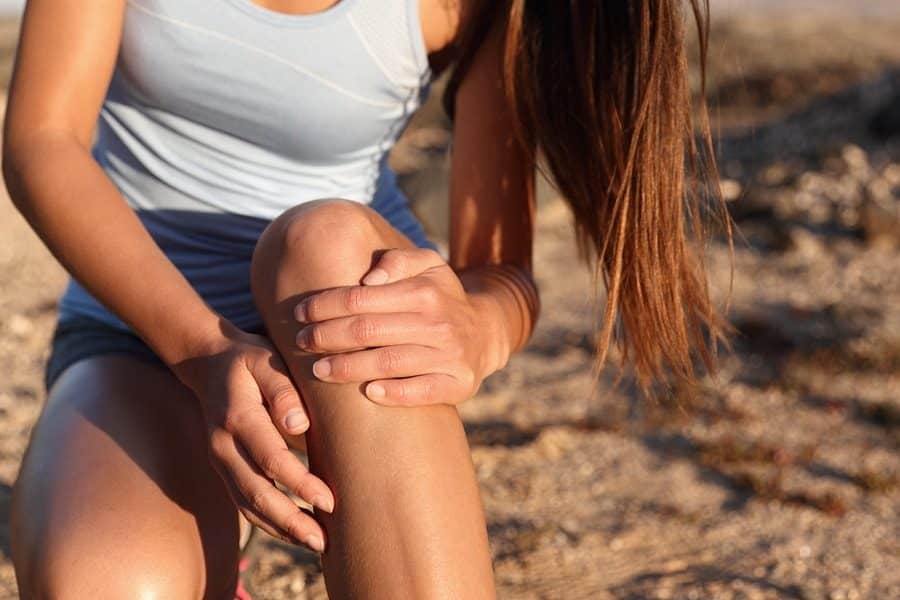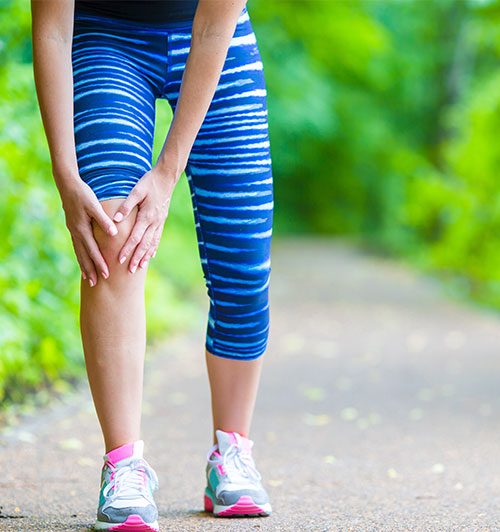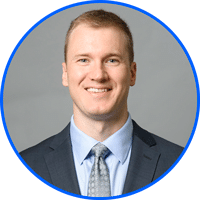

The main symptom of runner’s knee is pain. You may also experience swelling, hear popping, or feel grinding in your knee. You will typically notice pain in the following areas:
As expected, running is a common cause of runner’s knee. However, any activity that repeatedly pressures the knee joint can cause the disorder. Walking, biking, jumping, cycling, and soccer are all activities that could cause runner’s knee.
Other factors that can cause runner’s knee include:
A direct hit to the knee from a fall
Unaligned bones- Your doctor will describe this as malalignment. If any of your bones in between your hips and ankles are out of line this can put too much pressure on your knee. This interferes with the movement of your kneecap.
Problems with your feet, such as hypermobile feet, fallen arches, or overpronation can change the way you walk and lead to knee pain.
Chondromalacia patella, a condition where the cartilage under your kneecap breaks down
Inadequate stretching before exercise
Weak or tight thigh muscles
Arthritis
Flat feet


As expected, running is a common cause of runner’s knee. However, any activity that repeatedly pressures the knee joint can cause the disorder. Walking, biking, jumping, cycling, and soccer are all activities that could cause runner’s knee.
Tennis elbow is often caused by damage to the ECRB. The ECRB muscle helps stabilize the wrist when the elbow is straight. When the muscle is weakened from overuse this causes microscopic tears to form in the tendon where it attaches to the lateral epicondyle. This creates inflammation and pain. Another risk for damage is the position of the ECRB. When the elbow bends and straightens, the muscle rubs and can eventually create wear and tear of the muscle.
Although tennis elbow is common in athletes, they are not the only people to develop this condition. There are many other activities that result in repteitive use of the forearm muscle. Carpenters, painters, plumbers, auto workers, and chefs are all known to develop tennis elbow.
The most common age that tennis elbow is developed is between ages 30 and 50.

To diagnose runner’s knee, your doctor will give you a physical examination that may include X-rays, an MRI scan, or a CT scan.
After the pain and swelling are diminished, your doctor may recommend physical therapy to restore your knee’s strength and range of motion. A brace may be necessary for extra support and pain relief. While surgery is not usually needed, it may be recommended if your cartilage is damaged or if your kneecap needs to be realigned.

Michael F. Blum, M.D., completed his undergraduate studies at the University of Alabama at Birmingham in 1985. He graduated medical school at the University of Alabama School of Medicine in Birmingham in 1989 and completed an Orthopaedic Surgery Residency in 1995. Dr. Blum began his orthopaedic practice in Alexander City, Alabama, and relocated to Birmingham to become one of the founding owners of Southlake Orthopaedics Sports Medicine and Spine Center. Dr. Blum’s practice has a special emphasis on sports medicine and joint replacement/reconstruction.
Read More

George Robert Booker, M.D. completed his undergraduate studies at Auburn University in 2001 where he graduated magna cum laude with a major in Microbiology. He completed medical school at the University of Alabama School of Medicine in Birmingham, Alabama in 2005 and completed an orthopaedic surgery residency in 2010 at the University of Mississippi Medical Center in Jackson, Mississippi. Dr. Booker began in his practice at Southlake Orthopaedics Sports Medicine and Spine Center in 2010. He completed his board certification process in July of 2012 and is a current diplomate of the American Board of Orthopedic Surgeons.
Read More

Southlake Orthopaedics is pleased to welcome Dr. Jonathan Isbell to our expert team of physicians. He will see patients at both our Grandview and at our MedPlex office off Valleydale Road. Dr. Isbell’s specialty is Sports Medicine, Orthopaedic Surgery. He offers expertise in adolescent and adult sports medicine including complex shoulder, elbow, and knee injuries and cartilage restoration procedures. Dr. Isbell will also offer hip arthroscopy. Dr. Isbell is an Alabama native, former student at UAB School of Medicine and previous resident at UAB Hospital. He joins us upon completion of a fellowship at OrthoCarolina, Charlotte, NC in Sports Medicine, Shoulder, and Elbow.

Southlake Orthopaedics welcomes Dr. Jones as the newest member to our orthopaedic team in January 2019. Dr. Jones has been a respected orthopaedic surgeon practicing in the Birmingham area for the last 19 years. When he finished his residency in 2000, he joined his father’s orthopaedic practice at Brookwood Orthopedics. He has most recently been in practice at Powell & Jones Orthopedics Center, which he formed In 2014 with his father and Dr. Thomas Powell. We are delighted to have him associate with our group. Dr. Jones offers his expertise in treating adult and pediatric patients with musculoskeletal conditions. He also offers treatment in sports medicine, arthritis, and workers’ comp. Dr. Jones has an interest in arthroscopic and minimally invasive techniques of the shoulder and knee.
Read More